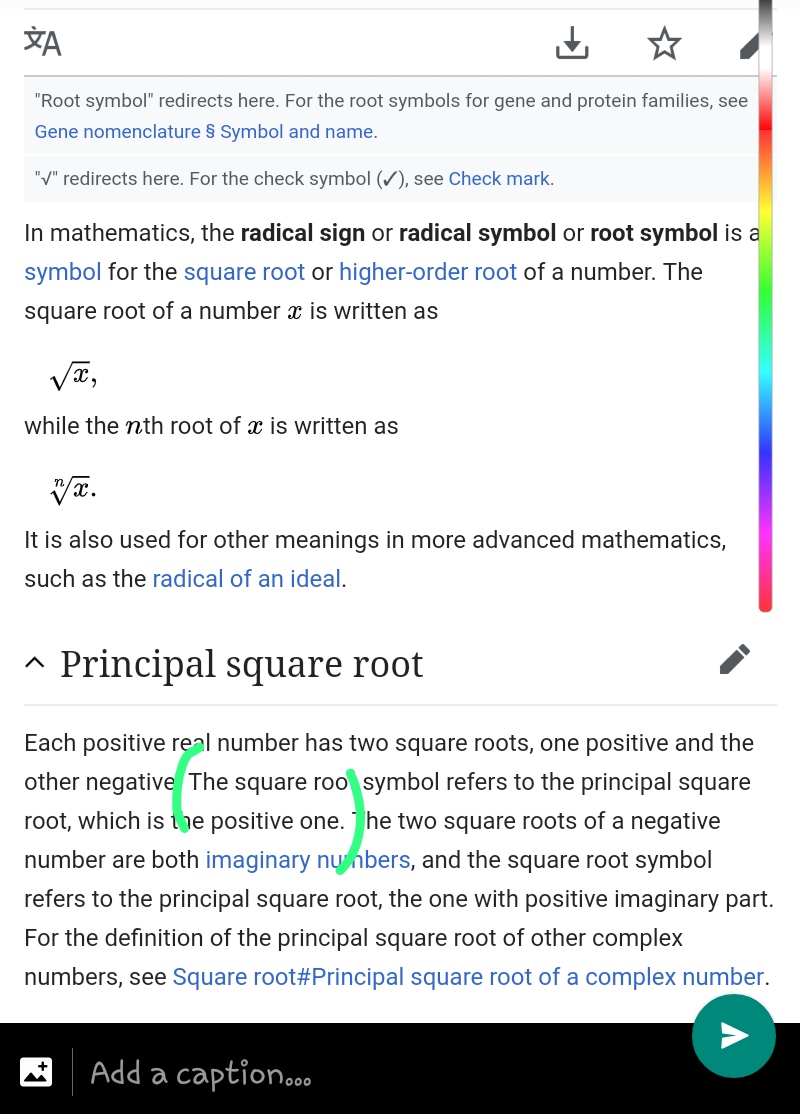
Question and Answers Forum
Question Number 52610 by Kunal12588 last updated on 10/Jan/19
![please help me y=(√(9−x^2 )) Q find domain and range of given real function i found the domain=[−3,3] but for range i followed this way y^2 =9−x^2 x^2 =9−y^2 ⇒x=(√(9−y^2 ))⇒y=[−3,3] but the answer is [0,3] after checking the graph y≥0. yes its true we have to take positive root but how can i write it](Q52610.png)
Commented by Kunal12588 last updated on 10/Jan/19

Commented by tanmay.chaudhury50@gmail.com last updated on 10/Jan/19

Commented by tanmay.chaudhury50@gmail.com last updated on 10/Jan/19

Commented by Kunal12588 last updated on 10/Jan/19

Answered by kaivan.ahmadi last updated on 10/Jan/19

Commented by Kunal12588 last updated on 10/Jan/19

